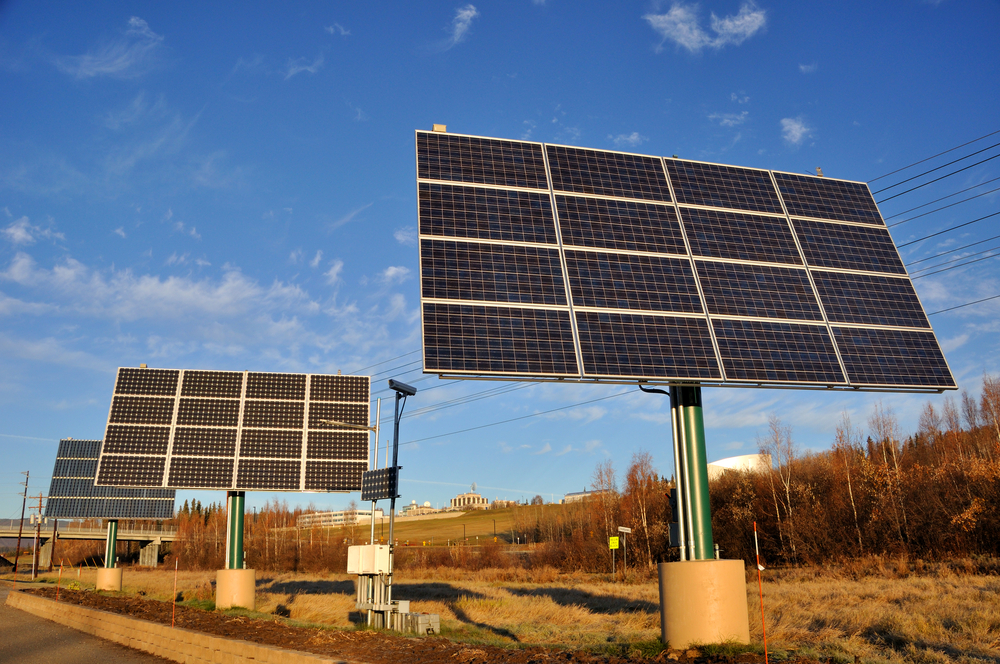In the aftermath of Hurricane Maria in 2017, the Puerto Rican municipality of Adjuntas was plunged into darkness, with no power for weeks. Despite the enormous hurdles, one business, Lucy’s Pizza, stood as a beacon of hope in the midst of the mayhem. The restaurant was powered by a noisy and expensive diesel generator, underscoring the critical need for a dependable and sustainable energy source.
A community’s path to energy security
Now, nearly six years later, the owner of Lucy’s Pizza Gustavo Irizarry, and 13 other local retailers are on the verge of a game-changing revolution, as they join the island’s first community-owned solar microgrid initiative, which is due to start this summer.
Solar microgrids: A grassroots movement for equitable energy security
Puerto Rico launched a quest to establish energy security through solar power, fueled by a grassroots movement. Organizations such as Casa Pueblo, which has been deeply embedded in the Adjuntas neighborhood for over four decades, have led efforts to ensure a fair and equitable transition.
Their microgrid initiative is an important step toward transitioning from a centralized fossil fuel system to a shared vision of renewable energy generation at the point of consumption. Associate Director of Casa Pueblo Arturo Massol Deyá envisions a Puerto Rico powered by renewable fuels, highlighting the significance of moving toward local energy solutions.
“The microgrid is a major step in taking Puerto Rico from the vulnerability of the centralized fossil fuel system to the aspiration that I think we share in Puerto Rico,” Deyá says. “To use [renewable] fuels and generate power at the point of consumption, where it’s needed.”
How solar power helps Puerto Rico weather hurricanes
Microgrids, small-scale networks powered by renewable energy sources like wind or solar, provide a lifeline during power shortages. In the event of an emergency, these devices can run independently, delivering continuous power via locally generated power and battery storage. The need for dependable energy infrastructure became apparent after Hurricane Maria destroyed 80 percent of Puerto Rico’s power grid, leaving the island in darkness for months. Puerto Rico can enhance resilience, reduce susceptibility, and mitigate the impact of future disasters by embracing microgrids, all while reducing reliance on fossil fuels.
Puerto Rico’s energy difficulties go beyond the aftermath of Hurricane Maria. The island is ready for a green revolution, despite an aging power grid and soaring electricity rates. According to the Department of Energy research, rooftop solar alone may provide four times the island’s residential energy needs. Puerto Rican politicians set lofty targets of achieving 40 percent renewable energy by 2025 and 100 percent renewable energy by 2050. Despite these pledges, renewable energy now accounts for less than four percent of the total energy mix.
The grassroots movement, led by organizations such as Casa Pueblo and Queremos Sol, pushes for a solar-powered future, highlighting the economic, environmental, and social benefits of solar energy.
As Puerto Rico rebuilds and fortifies its energy infrastructure, Adjuntas’ achievement is a monument to the transformative power of solar energy. Adjuntas has secured energy independence, established community relationships, and fostered a sense of resilience by investing in solar microgrids.
The hard work of company owners and community leaders like Gustavo Irizarry and the late Tinti Deyá Diaz has paved the road for a better future. Their commitment to diversity ensures that the solar transition benefits even the most vulnerable residents.
The encouraging development in Adjuntas has received national notice, with Secretary of Energy Jennifer Granholm recognizing the community’s efforts and confirming that Puerto Rico may achieve 100 percent solar electricity. Other villages on the island, such as Maricao, are attempting to emulate the Adjuntas model, thereby accelerating the solar revolution. As Puerto Rico emerges from the shadows, it serves as a beacon of hope, demonstrating how renewable energy can help design a more sustainable and resilient future for everybody.











